On 11 September, the desert at Edwards Air Force Base got a little busier. A second B-21 Raider dropped in from Palmdale after what Northrop Grumman called a “robust test flight.” That phrase might read like boilerplate, but for anyone around a flight test squadron, it’s a pretty big deal.
With two flying airframes now on the ramp, the 412th Test Wing’s Combined Test Force finally has the tools to move beyond proving basic airworthiness and start stress-testing what the Raider is really built to do.
Why the Second B-21 Raider Airframe Matters
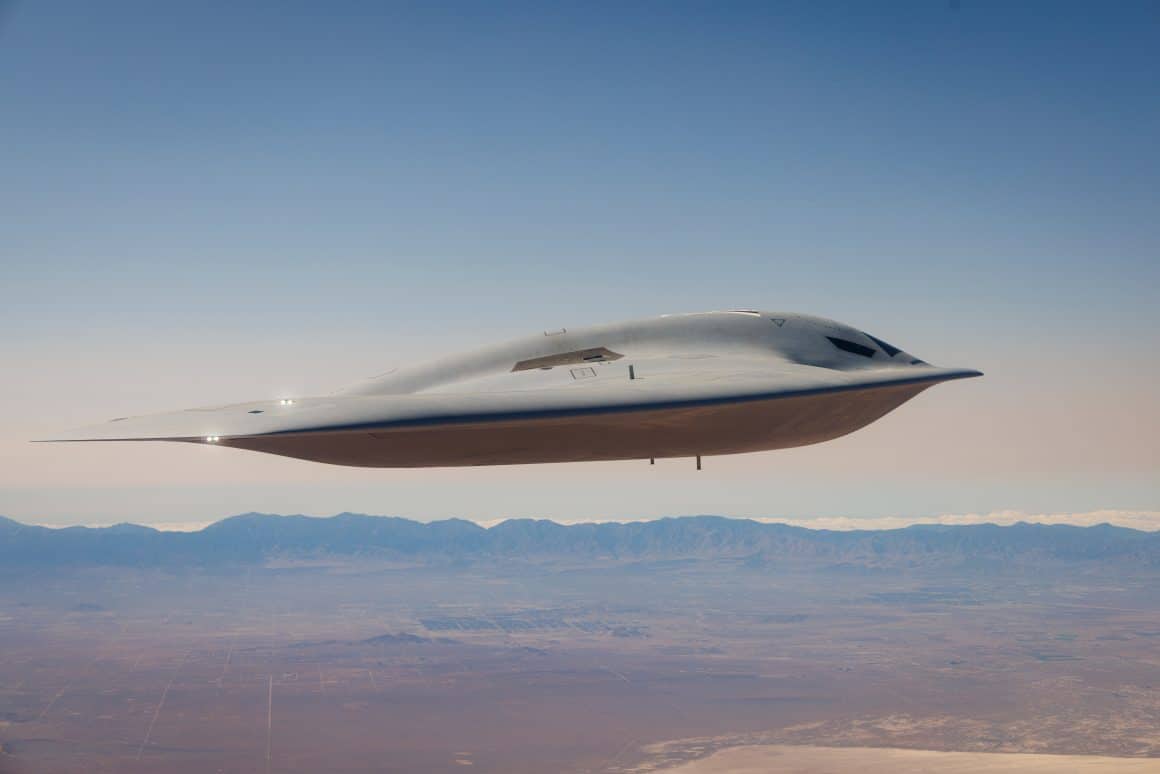
One aircraft can show you how it flies. Two let you split the workload. With both B-21s assigned to the 420th Flight Squadron at Edwards, one jet can keep pushing the envelope (handling qualities, speed regimes, climb profiles). At the same time, the other dives into the more complex questions of mission systems and weapons integration.
Meanwhile, the ground-test article back at Plant 42 keeps grinding away on structural loads and systems checks. It’s the classic flight test triangle: one bird stretching its wings, one bird proving the electronics and weapons fit, and one airframe taking the punishment on the ground.
With the arrival of the second B-21 Raider, our flight test campaign gains substantial momentum.
Troy Meink, US Air Force Secretary
Secretary of the Air Force Troy Meink explained the significance of the second test airframe.
“With the arrival of the second B-21 Raider, our flight test campaign gains substantial momentum,” Meink said. “We can now expedite critical evaluations of mission systems and weapons capabilities, directly supporting the strategic deterrence and combat effectiveness envisioned for this aircraft.”
Building Pace in the Test Program
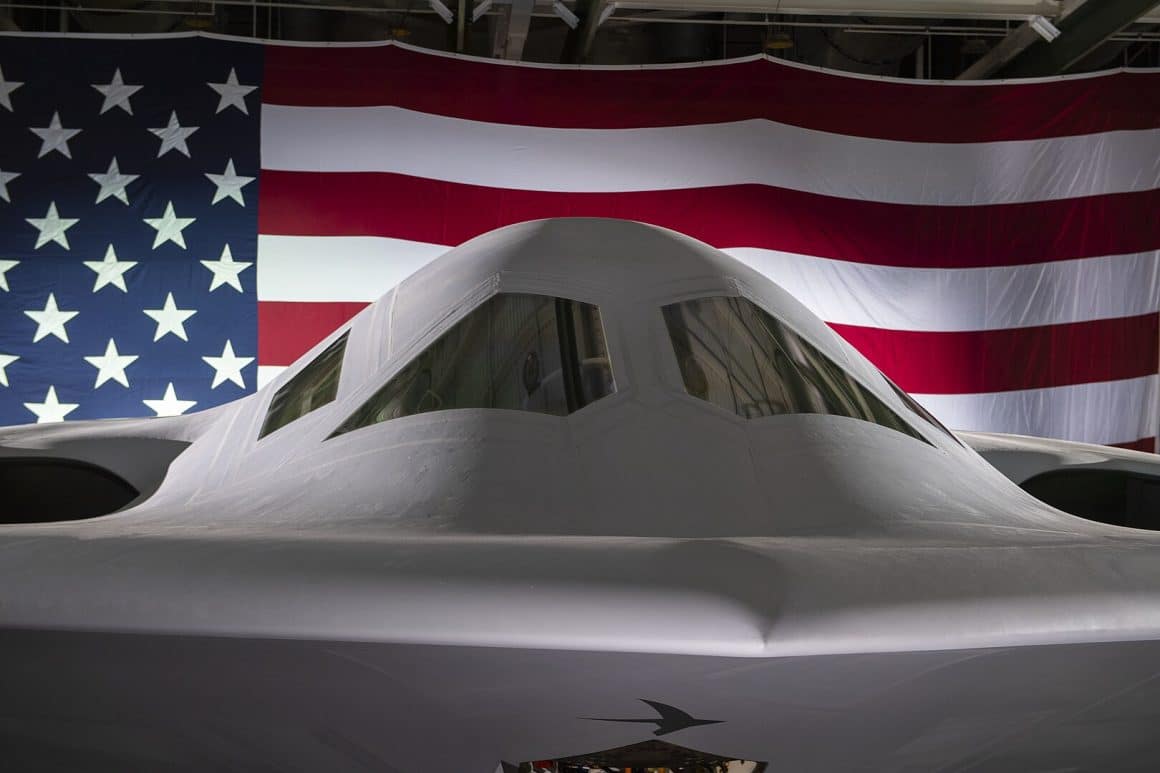
The first B-21 arrived at Edwards in November 2023. Since then, it’s been handling both flight and ground testing while also being tied to low-rate initial production. The second airframe frees up the tempo. For the Air Force, that means the program can start moving into integration of critical mission systems sooner. These systems include things like sensors, communications, and weapons interfaces.
General David Allvin, Air Force Chief of Staff, stated why it’s critical to the B-21’s journey to operational readiness.
“The addition of a second B-21 to the flight test program accelerates the path to fielding,” said Allvin. “By having more assets in the test environment, we bring this capability to our warfighters faster.”
By having more assets in the test environment, we bring this capability to our warfighters faster.
General David Allvin, US Air Force Chief of Staff
That sense of speed is intentional. Yes, the B-21 flies farther and quieter. But it’s also about building a bomber that can adapt as fast as the threat environment shifts. That’s where the Raider’s open systems architecture becomes the real story.
Open Architecture and the Software-Defined Bomber
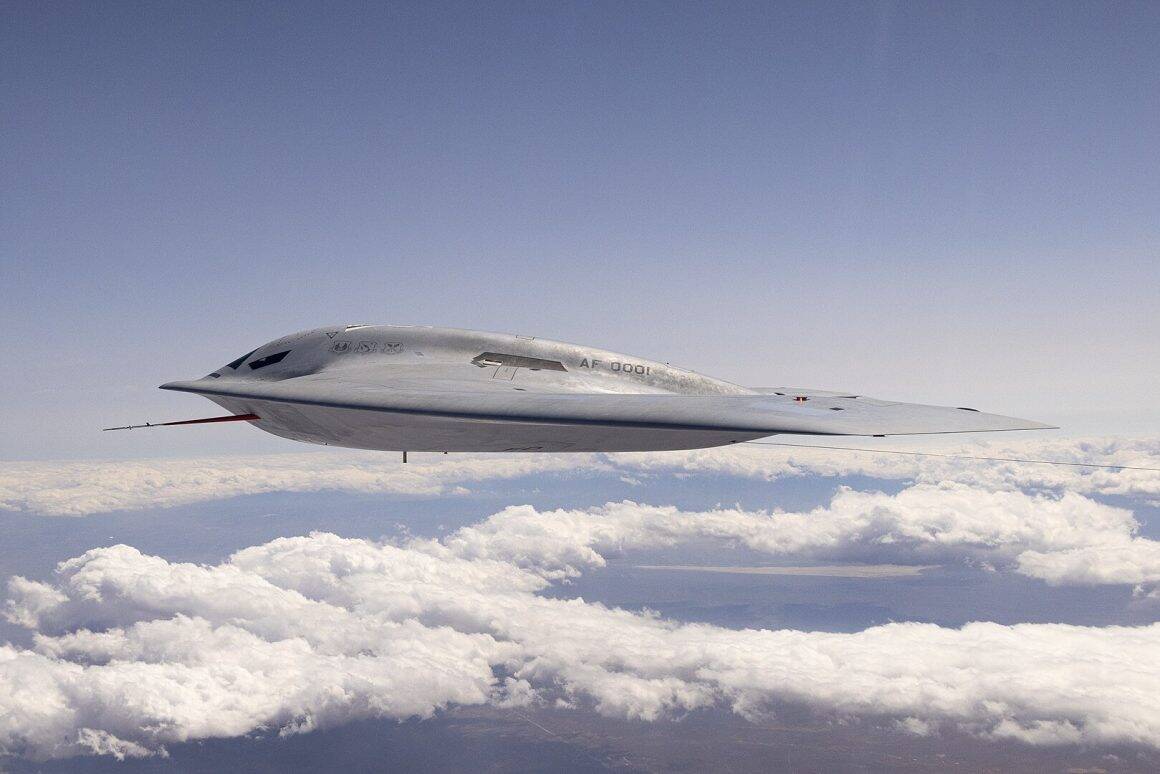
From the start, Northrop and the Air Force designed the Raider to be a software-driven aircraft. Its mission systems are built on open architecture, meaning it can integrate new sensors, weapons, and electronic warfare packages without a full redesign. In practical terms, that means software loads can redefine what the jet can do from sortie to sortie.
Northrop has signaled that an enhanced software package is in the works to speed upgrades across the Raider fleet. Instead of waiting years for major block changes, the aircraft is designed to adapt in smaller, faster cycles. Each flight at Edwards now doubles as a systems check, proving how code, avionics, and weapons interfaces line up under operational stress.
Parallel Testing Beyond Flight
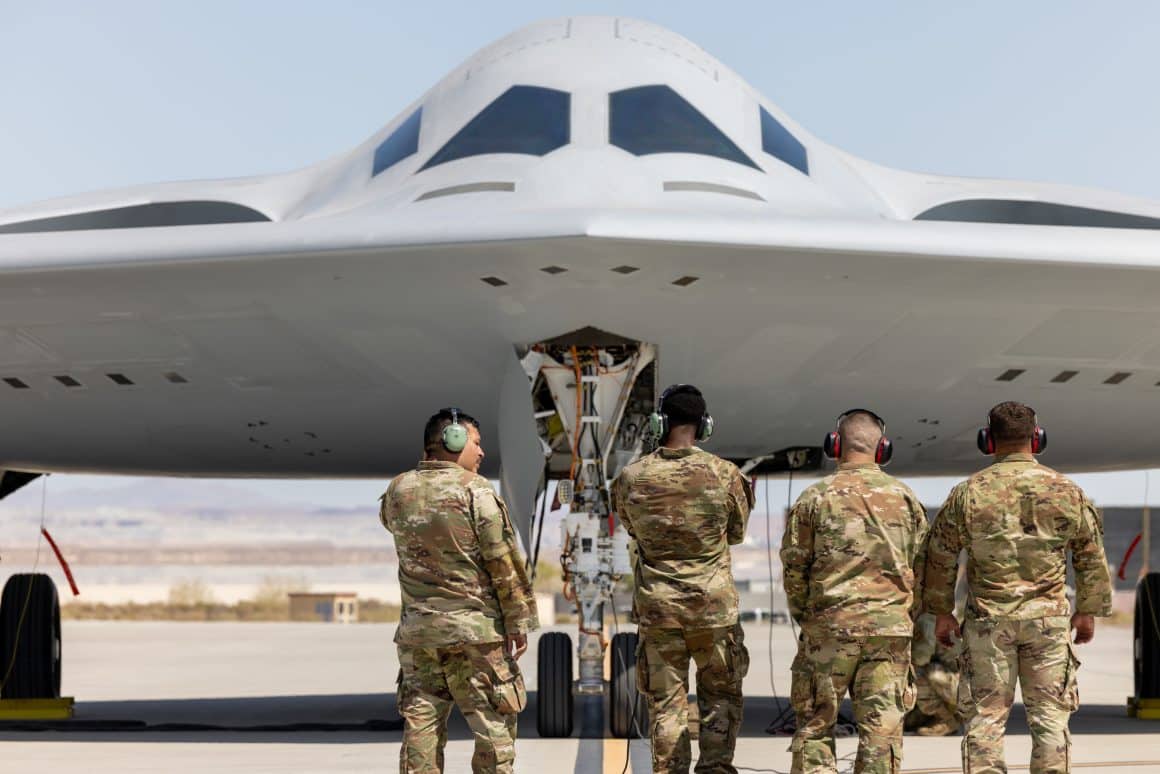
Having two Raiders also allows sustainment testing to start early. It’s not glamorous, but every operator knows the war is won in the hangar as much as in the sky.
Multiple aircraft at Edwards mean maintainers can stress-test tooling, validate technical data, and practice turning jets for back-to-back sorties. They can find out where the bottlenecks are in logistics and where the sustainment documentation falls short. That feedback loop will be critical for the three main operating bases—Ellsworth, Whiteman, and Dyess—where major infrastructure projects are already underway.
Once the Raider is operational, Tinker Air Force Base in Oklahoma will handle the sustainment enterprise, and the lessons learned at Edwards will shape how that system works in practice.
The Numbers and Comparisons
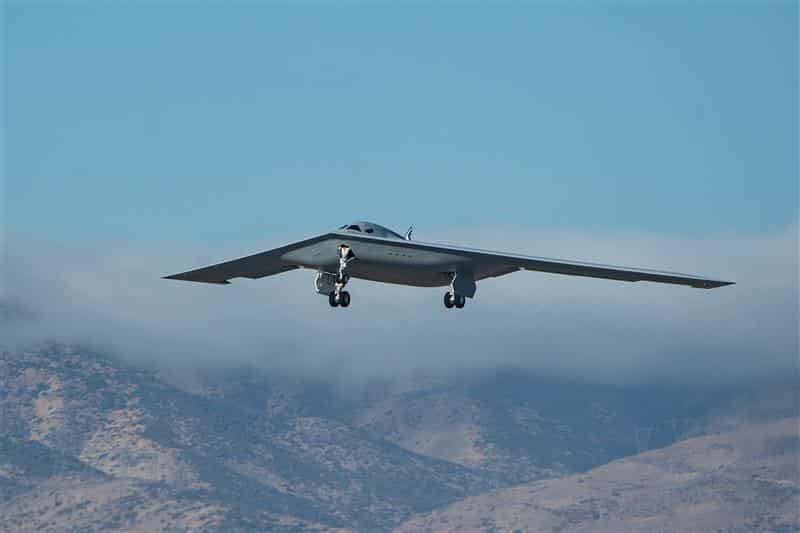
It is interesting to note (and many have been surprised by) the size difference between the B-2 and the B-21. The Raider is smaller than the B-2 Spirit but is designed for a more extended range and a lower Radar Cross Section (RCS).
- Crew: 2
- Length: 54 ft
- Wingspan: 132 ft
- Empty weight: ~70,000 lb
- Max takeoff weight: ~180,000 lb
- Powerplant: 2 × Pratt & Whitney PW9000 non-afterburning turbofans, ~27,000 lbf each
- Max speed: Mach 0.8+
- Service ceiling: 50,000 ft
- Weapons bay: ~20,000 lb capacity, with overall payload estimates near 30,000 lb
Compare that to the B-2, which spreads 172 feet of wingspan, has a MTOW of 376,500 pounds, and carries a 40,000-pound payload. The B-21’s smaller size means it carries less per sortie, but its stealth profile is sharper, its sustainment simpler, and its unit cost far lower: about $700 million compared to $2 billion for each B-2. The Air Force plans to buy at least 100 Raiders, making fleet size itself a form of combat power.
For context, here’s a snapshot of how the B-21 measures up against its predecessors. The numbers highlight the tradeoffs in size, payload, cost, and survivability that shaped each design.
| Aircraft | First Flight | Wingspan | Max Takeoff Weight | Payload | Unit Cost (approx.) | Fleet Size (active/planned) |
|---|---|---|---|---|---|---|
| B-21 Raider | 2023 | 132 ft | ~180,000 lb | ~30,000 lb | $700M | 100+ (planned) |
| B-2 Spirit | 1989 | 172 ft | 376,500 lb | 40,000 lb | $2B | 19 (active) |
| B-52 Stratofortress | 1952 | 185 ft | 488,000 lb | 70,000 lb | $84M (in 1960s dollars; upgraded since) | 72 (active) |
Notes:
- The B-21’s smaller size means less payload per aircraft, but a much lower radar cross section and simpler sustainment.
- The Air Force plans a far larger B-21 fleet than the B-2 ever achieved, making massed sorties possible.
- The B-52 remains unmatched in payload and endurance but lacks stealth; its longevity reflects continuous upgrades rather than survivability in contested airspace.
Bottom line: the Raider won’t haul like a BUFF or hit as heavy as a Spirit, but it’s built to slip past defenses, upgrade fast, and show up in numbers—that’s what makes it the future of the bomber force.
Strategic Context
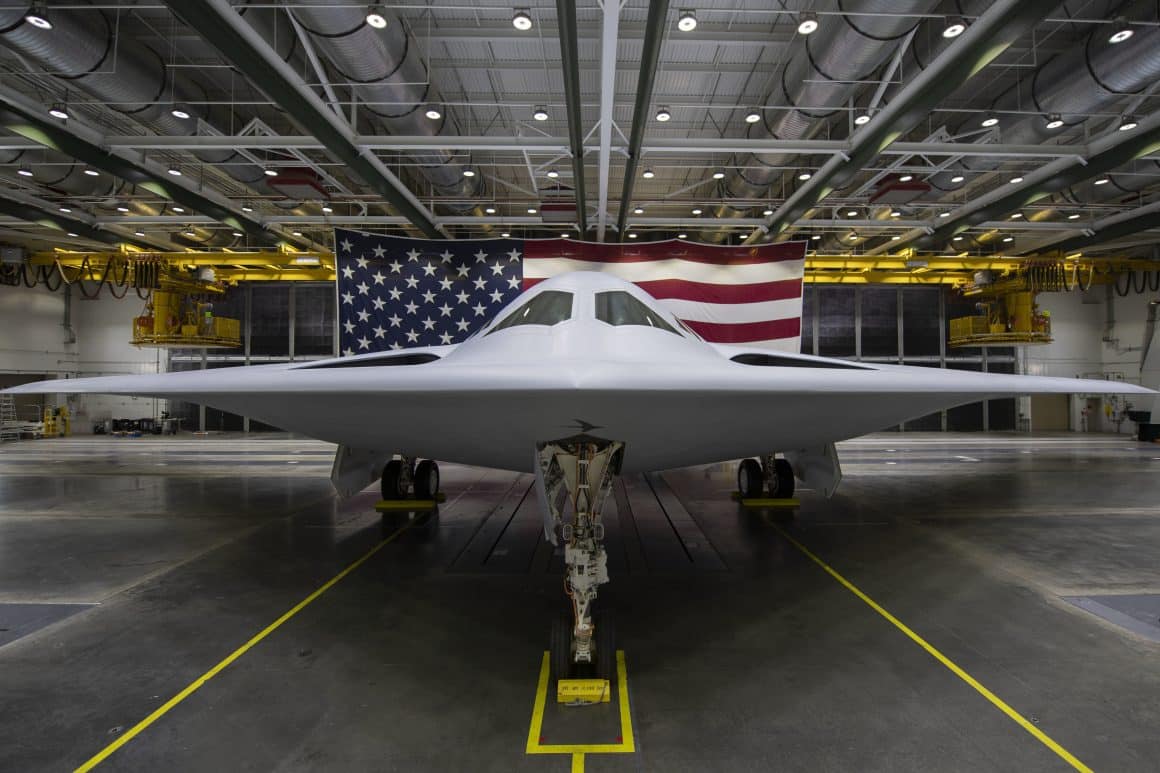
The Raider is designed to deliver both nuclear and conventional weapons. It will eventually replace the B-1B Lancer and the B-2 Spirit, and over time, even the venerable (and elderly, yet trustworthy) B-52 Stratofortress. Obviously, that transition won’t happen overnight. Air Force Global Strike Command will keep the current bomber triad flying until the B-21 is fielded in meaningful numbers. But the goal is clear: by 2040, the B-21 will be the backbone of the nation’s long-range strike force.
The program traces back to 2011’s classified Long Range Strike Bomber initiative, with formal development kicking off in 2015. First flight happened on 10 November 2023, and while the Air Force hasn’t announced an initial operational capability date, outside estimates now suggest 2027.
Why This Arrival Matters
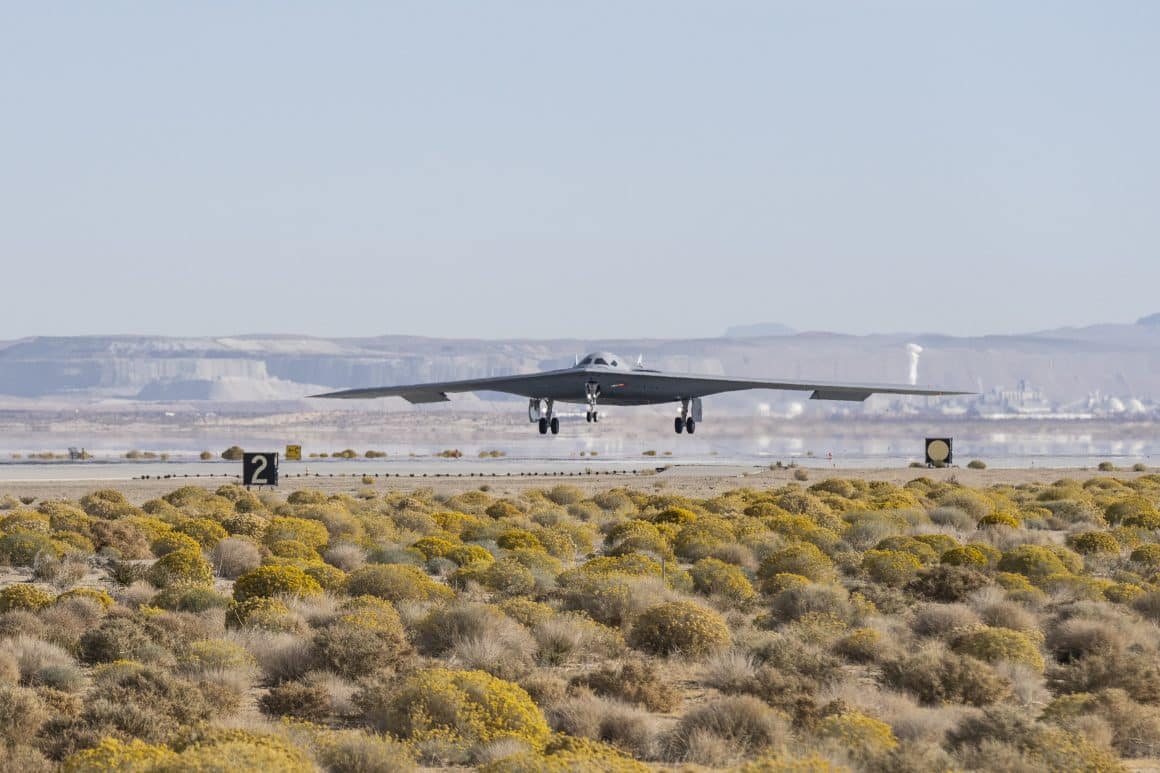
The second Raider’s landing at Edwards is significant because it signals that the program is moving from cautious first steps into a faster rhythm. Flight testers can now push more sorties and pull in deeper data with fewer bottlenecks. Maintainers can shape the sustainment playbook early before squadron service begins. Strategists view it as proof that the Air Force is on track to field a sixth-generation stealth bomber before the decade closes.
The B-21 Raider honors the Doolittle Raiders of World War II, who launched a daring strike against Japan in April 1942. The name is fitting. Like its namesake, the Raider is designed to show up where the enemy least expects it. On 11 September 2025, that vision edged a step closer to reality, as the second jet rolled to a stop on the Edwards flight line, waiting for the next round of tests.
